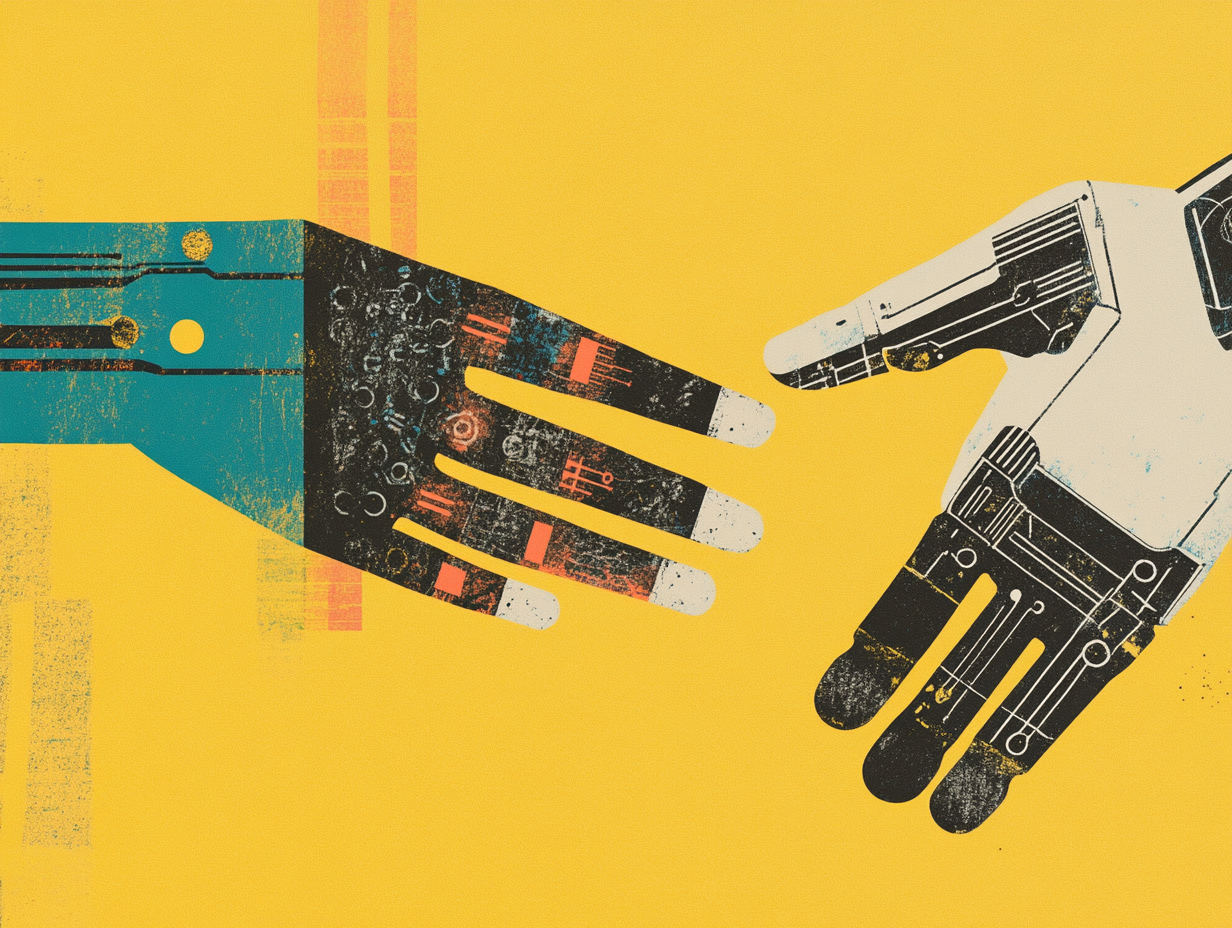Defining the Shift
Artificial intelligence has long been confined to the digital realm — trained to read, write, recognize faces, and generate content through pattern prediction. These systems have become adept at completing sentences, answering questions, and sorting images. But they don’t truly engage with the world.
“Physical AI” marks a departure from that limited scope. The term, championed by Nvidia CEO Jensen Huang, refers to AI systems that don’t just process information but also interact with their environments — seeing, interpreting, and influencing physical space. This goes far beyond language models or image classifiers. Physical AI is about embodied intelligence: machines that can reason about motion, force, and consequence, much like a human would.
It’s a response to the limits of current models. While AI can label a blurry photo or transcribe a meeting with impressive precision, it still struggles with basic cause-and-effect reasoning. Why is a person standing anxiously by a locked gate? What will happen if someone drops a glass bottle on a crowded subway platform? These questions demand more than recognition — they require context, prediction, and a grasp of physical dynamics.
Seeing with Understanding
Physical AI integrates machine perception with behavioral analysis. It’s not enough to detect that something is there; the system must infer what might happen next.
Lumana, a startup backed by Norwest Venture Partners, is developing systems that apply this approach in real-world settings. In a nightclub, for example, its software flagged a potential assault in progress after identifying two individuals repeatedly circling unattended drinks while closely monitoring nearby patrons — behavior that deviated from the expected social patterns of the space. Security staff were alerted and intervened before the situation escalated.
In a separate case, Lumana’s system spotted several food safety violations in a large-scale kitchen: employees skipping handwashing protocols, handling cooked food without gloves, and raw ingredients sitting unrefrigerated well past regulation limits. Rather than reviewing footage after the fact, the system issued alerts in real time.

Image source: AI generated image
“Physical AI is the shift from identifying objects to interpreting intent,” said Lumana CEO Sagi Ben-Moshe. “It’s about asking: What is likely to happen next, and what should be done?”
Other companies are pursuing similar goals. Hakimo has developed AI surveillance tools that recognize abnormal movement patterns in secure facilities, identifying potential threats before they escalate. Meanwhile, Nvidia’s own research into robotic agents shows machines learning not just how to move but how to adapt to changes in terrain, gravity, and resistance — using virtual environments that mimic the real world in fine detail.
Building Systems We Can Trust
Despite the technical promise, physical AI introduces a new layer of complexity. These systems are often tasked with interpreting human behavior — a field where mistakes carry real consequences.
False positives in a security setting could wrongly implicate someone. In manufacturing or logistics, an overzealous alert might halt production unnecessarily. This is where questions of transparency, accountability, and trust come into sharp focus.
Lumana says its systems are designed to minimize these risks. Alerts are layered, combining multiple data points before escalating. Video is processed locally when possible, and tools are structured to integrate with existing infrastructure, avoiding disruption. Still, critics warn that predictive AI, especially in public or semi-public spaces, could drift into surveillance overreach if not properly governed.
As Nvidia’s Jensen Huang noted, the future of physical AI will likely depend on three tightly linked components: one system to train the AI, another to simulate the physical world it will navigate, and a third to deploy the model in real-time environments. But simulation alone isn’t enough. These systems will need to be interpretable — auditable by human operators and accountable in their actions.
Understanding What Matters Most
The promise of physical AI lies in its potential to go beyond observation. It offers machines the ability to perceive and reason — not just to record what happened, but to anticipate what might.
In fields as varied as public safety, manufacturing, and hospitality, the appeal is clear: fewer blind spots, quicker response, and richer insight. But its adoption will depend not only on performance, but on thoughtful design, ethical deployment, and public trust.
The future may not be one where every camera becomes a sentry. But it might be one where intelligent systems can quietly intervene before accidents occur, catch the small details that humans miss, and, crucially, learn how the world actually works.
Google metadata: What is physical AI? A look into how artificial intelligence is evolving from digital tools to systems that perceive, reason, and interact with the physical world — and what that means for safety, trust, and real-time decision-making.
Sources: Forbes
